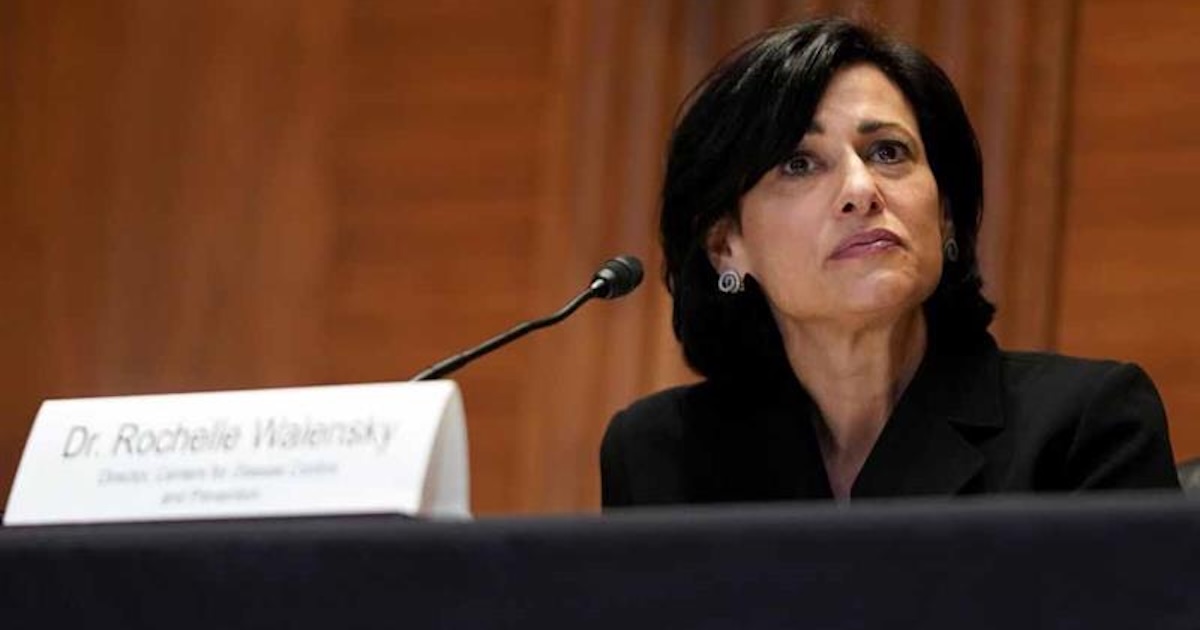California residents using Telecure's phone-or video-based telemedicine program now have a new way of paying for the encounter: They can Tweet about the experience or share it on Facebook, and the $25 bill is waived.
The "Pay-With-A-Tweet" program was recently launched by San Jose, Calif.-based Telecure, a virtual branch of Action Urgent Care in California, to raise awareness for the service, which links state residents with an urgent care provider within 15 minutes of the initial call. The program is designed to help patients in remote locations and those who can't afford a trip to the doctor's office or hospital by giving them access via phone or video to a clinician.
[See also: Top 10 mHealth stories 2103.]
With the Centers for Disease Control and Prevention (CDC) estimating the number of ambulatory care visits in the United States at 1.2 billion a year, the pressure is on providers to reduce unnecessary visits and ease crowded clinics and ERs by providing alternate ways of seeking medical attention. Telecure is designed to help those who can be treated by phone or video, such as those with colds or the flu, headaches, sinus and bronchitis, skin conditions, sore throat, allergies, urinary tract infections, STDs and medications refills.
Telecure CEO Garick Hismatullin told mHealth News that the program, which sees roughly 500 patients a month, targets the underserved and rural locations of the state and charges a flat $25 fee per consultation. It does allow for prescriptions, though the prescriptions are limited and monitored for abuses.
"We're trying to use as little technology as possible," he said, noting that most consultations are handled by phone or video (through Helpouts by Google).
Hismatullin said the service isn't meant to replace one's primary care provider, but to offer a quick and easy means of getting treatment for a medical issue. It also enables providers to catch and treat health problems before they develop into more serious conditions that require hospitalization.
"This is another step in the process," he said. "If we can catch them earlier in the sickness cycle," that reduces the cost and burden on both provider and patient.
Hismatullin said officials started noticing a few months back that patients were sharing their experiences on Facebook or Tweeting them, and decided to launch the Pay-With-A-Tweet program to take advantage of social media and give those short of cash a means of paying for their care.
He said the program has been well-received by the state's healthcare system, which is dealing with crowded urgent care clinics and hospital emergency rooms and facing a shortage of providers, that the company wants to bring it to states other than just California.
"We're trying to stimulate awareness and growth right now," Hismatullin added. "We've had incredibly positive experiences so far, and want to (push that out) to as many people as we can."
Related articles:
Hospitals wringing big savings out of RFID, sensors


